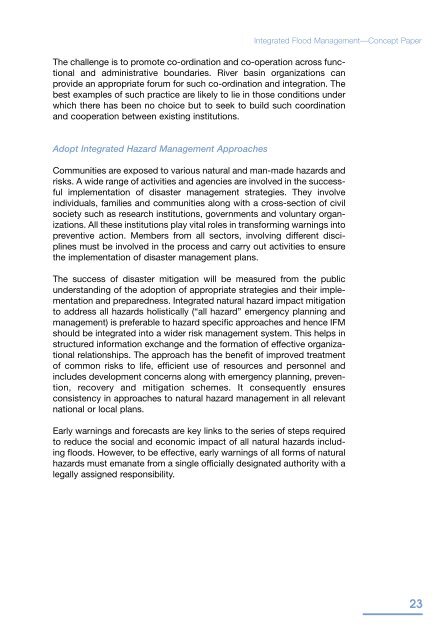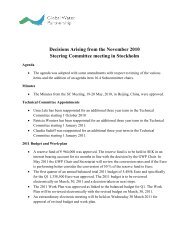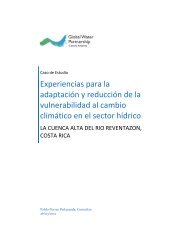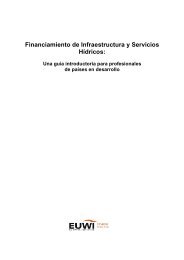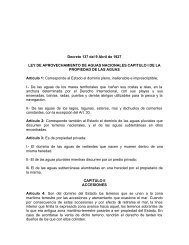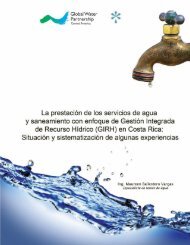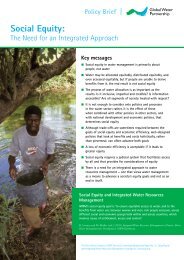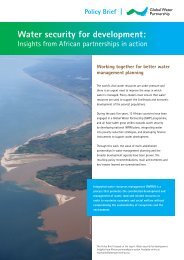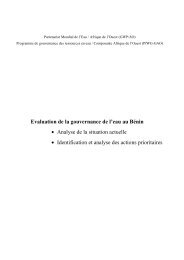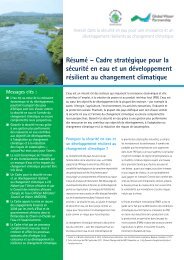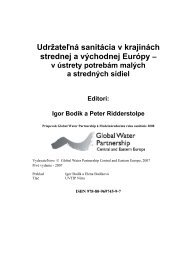Integrated Flood Management. Concept Paper - Cap-Net
Integrated Flood Management. Concept Paper - Cap-Net
Integrated Flood Management. Concept Paper - Cap-Net
You also want an ePaper? Increase the reach of your titles
YUMPU automatically turns print PDFs into web optimized ePapers that Google loves.
<strong>Integrated</strong> <strong>Flood</strong> <strong>Management</strong>—<strong>Concept</strong> <strong>Paper</strong><br />
The challenge is to promote co-ordination and co-operation across functional<br />
and administrative boundaries. River basin organizations can<br />
provide an appropriate forum for such co-ordination and integration. The<br />
best examples of such practice are likely to lie in those conditions under<br />
which there has been no choice but to seek to build such coordination<br />
and cooperation between existing institutions.<br />
Adopt <strong>Integrated</strong> Hazard <strong>Management</strong> Approaches<br />
Communities are exposed to various natural and man-made hazards and<br />
risks. A wide range of activities and agencies are involved in the successful<br />
implementation of disaster management strategies. They involve<br />
individuals, families and communities along with a cross-section of civil<br />
society such as research institutions, governments and voluntary organizations.<br />
All these institutions play vital roles in transforming warnings into<br />
preventive action. Members from all sectors, involving different disciplines<br />
must be involved in the process and carry out activities to ensure<br />
the implementation of disaster management plans.<br />
The success of disaster mitigation will be measured from the public<br />
understanding of the adoption of appropriate strategies and their implementation<br />
and preparedness. <strong>Integrated</strong> natural hazard impact mitigation<br />
to address all hazards holistically (“all hazard” emergency planning and<br />
management) is preferable to hazard specific approaches and hence IFM<br />
should be integrated into a wider risk management system. This helps in<br />
structured information exchange and the formation of effective organizational<br />
relationships. The approach has the benefit of improved treatment<br />
of common risks to life, efficient use of resources and personnel and<br />
includes development concerns along with emergency planning, prevention,<br />
recovery and mitigation schemes. It consequently ensures<br />
consistency in approaches to natural hazard management in all relevant<br />
national or local plans.<br />
Early warnings and forecasts are key links to the series of steps required<br />
to reduce the social and economic impact of all natural hazards including<br />
floods. However, to be effective, early warnings of all forms of natural<br />
hazards must emanate from a single officially designated authority with a<br />
legally assigned responsibility.<br />
23


